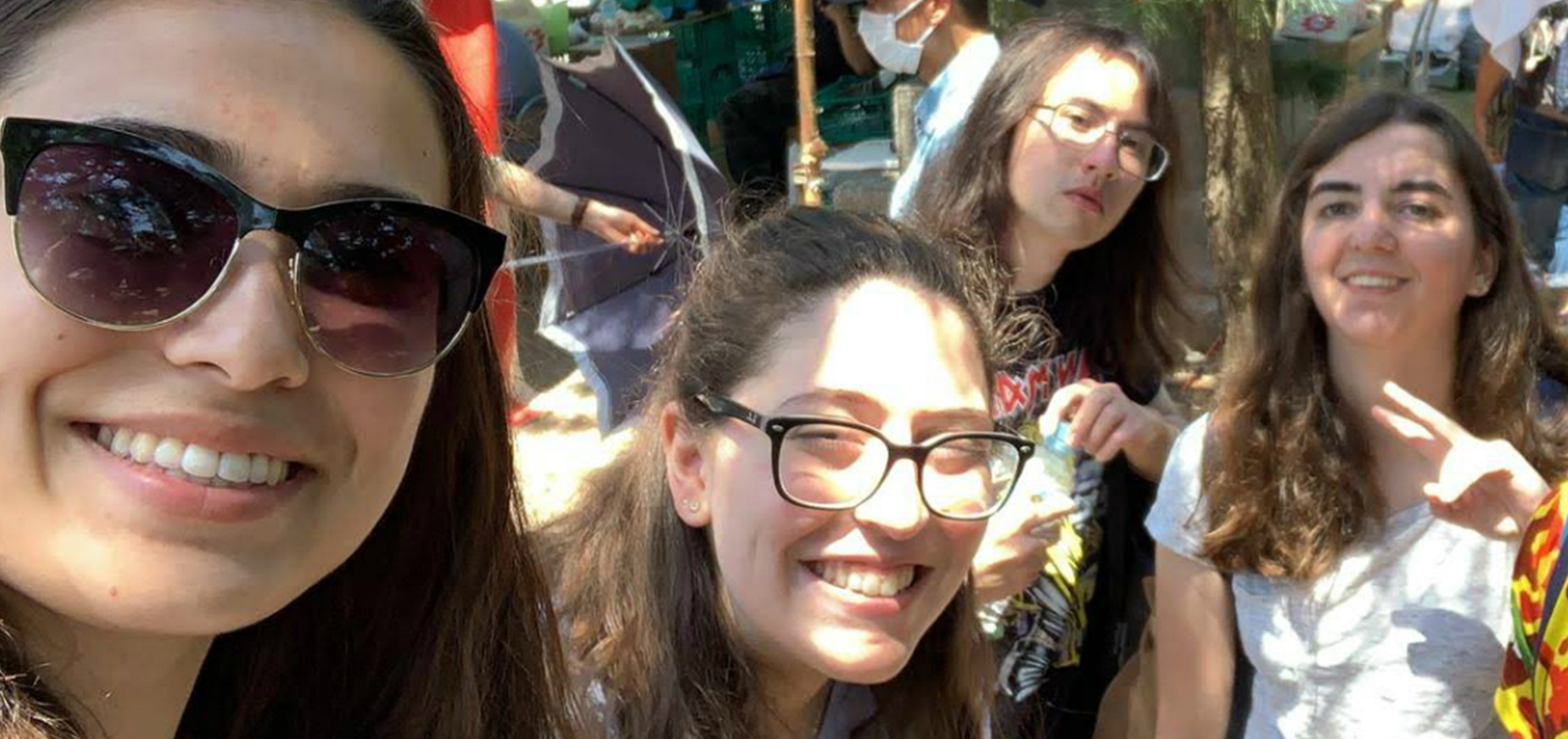
Traveling to Japan has given me many once-in-a-lifetime type moments, many of which involved seeing some magnificent sights. From the top of Mt. Misen on the island of Miyajima to the hundreds of orange-tinted temples scattered across Kyoto, I had seen it all.
My favorite scene had to be a seaside village on the rocky cliffs of Nagasaki. It was a slightly rainy day so the area was coated in a gray and salty mist. Waves were crashing, gardens of flowers and wheat were blooming over rocky slopes, and I couldn’t help but feel a sense of familiarity in the cellar-like restaurant in which we resided.
Along with the picturesque landscape, we had been taught how to prepare sashimi from freshly caught fish, helped cook and plate many dishes of fried pork and curry for lunch, and ate our meal at one long table as the older Japanese women who ran the place constantly handed out fruit.
After our meal, a sweet old nun offered to us in her broken English to take us into the main brethren house and explain its rich history. From what I could gather, the house was built by a French priest, Father Oro, for a beautiful woman. In addition, all of the clergymen of the church slept in the main room upstairs where they held mass.
The sister then proceeded to show us how to play the old-fashioned organ in the corner of the room with much joy. I wanted to give her the biggest hug just because she was so wonderful and eager to teach us despite the large language barrier. As the day unfolded, I couldn’t help but compare the events happening at that moment to my life at home: helping to cook Sunday lunch at Nonna’s while the family sat down altogether at the table along with the copious amounts of fruit handed to us after the main course. That day just felt right and helped to quell the slight homesickness I was experiencing.
I originally signed on to the trip to learn about the effects of the bombing from a nursing perspective: strictly medical impacts. As I continued on my journey abroad, I explored not only medical statistics and lectures on radiation, but listened to first-hand accounts of Hibakushas, saw real photos of severe burns, amputations from gangrene, and compound fractures. I also learned of the religious persecution of Christians in Japan and how the bomb had fallen directly on the Urakami Cathedral, killing thousands.
While the main focus of this program was sociology/theology/philosophy based, there were students of all different majors wanting to take away different lessons from this trip—medical effects of the bombing, peace activism, WWII history, Japanese imperialism, culture, and tradition, etc. So even if you don’t initially think this trip is for you, look deeper because I guarantee there is something for everyone to study.
Even if the subject matter doesn’t interest you, I still highly recommend this trip, as it was a wonderful way to broaden my global horizons by experiencing authentic Japanese culture, gain independence (as this was the first trip I’ve ever done alone), and make a lot of new friends with people I didn’t know on campus.
I feel that this experience has helped me and will continue to help other people grow socially, academically, culturally, and emotionally through the hands-on, visual, and discussion-based approach. Studying abroad is a fun, stimulating, and exciting way for students to learn outside of the conventional classroom. If you were to ask me, I would one hundred percent recommend that students take the opportunity to study abroad at least once in their college career, especially for this trip.